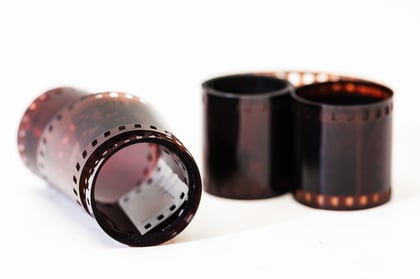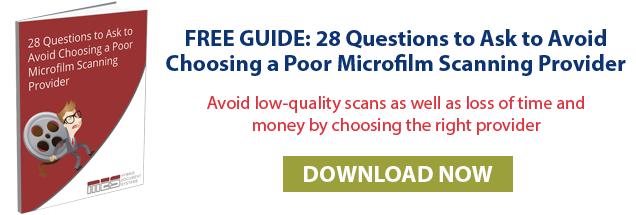
Microfilm is a wonderfully reliable medium. Unlike many other types of physical documents, it doesn’t rapidly deteriorate, and it takes up less space. Despite its benefits, however, microfilm is still a physical document. It takes up expensive space, is susceptible to sudden destruction and isn’t easy to manage. Digital documents on the other hand, are highly secure, adaptable, mobile and take up no additional space per document. That’s why you are starting a microfilm conversion process.
Microfilm conversion isn’t as simple as scanning a few documents. Here are the things that you need to do in order to make your project a success:
Make sure that you have the right tools for the job
Before you begin your microfilm conversion process, you will need tools that will properly convert everything for you. This should include the following two items:
Microfilm scanner
Without a scanner, your microfilm documents would forever remain in the physical realm. As you know, microfilm is a specialized type of document. Because of this, your microfilm conversion will require a special type of microfilm scanner.
As with regular paper scanners, not all microfilm scanners are the same. When you start searching for a microfilm scanner, make sure that it fits your company’s needs regarding document quality and volume. This is an especially important factor to consider if you have less common color microfilm documents.
Scanner software
Many microfilm documents contain a great deal of prose. You don’t want your computer to treat these documents like pictures after you convert them. In order to prevent this, you will need professional scanner software. This software will intelligently extract all of the written content from your microfilm documents so that you can manage them just as easily as a document that you recently typed up.
Determine your format
It’s critical that you choose the right format for your microfilm conversion. The format you use will affect the compatibility and usability of your documents. If you aren’t sure what format will be best for your company’s needs, consult with an expert.
Prepare to index
You don’t want your newly converted microfilm documents to get lost in your computer. To avoid this, you will need to organize them. Indexing is the perfect solution for this. When your digital documents are indexed, they can easily be found based on categories or via direct searches.
To properly index your files, you will need two things: the right software and a plan. Good scanner software will enable you to index your documents, and you can plan your indexing based off of specific traits each microfilm document will possess. For example, if you are running a library that possesses microfilm articles, then you can index based on the publisher, date and topic.
If the job is too big or complex, call a professional
Despite the resources available to you, you and your team may not have the time dedicate to a large microfilm conversion process. If this is the case, you can still get all of your microfilm efficiently, safely converted to digital files. This is because you can rely on a professional service to handle the conversion process for you.
When searching for a document conversion company, make sure that they specialize in microfilm conversion, because if someone attempts to convert your documents with the wrong equipment, then your microfilm is likely to be poorly copied or damaged.
Make converting your microfilm easy
Microfilm conversion can seem like a daunting task at first. However, when you take the steps listed above, you will be able to convert them to digital files in no time.

